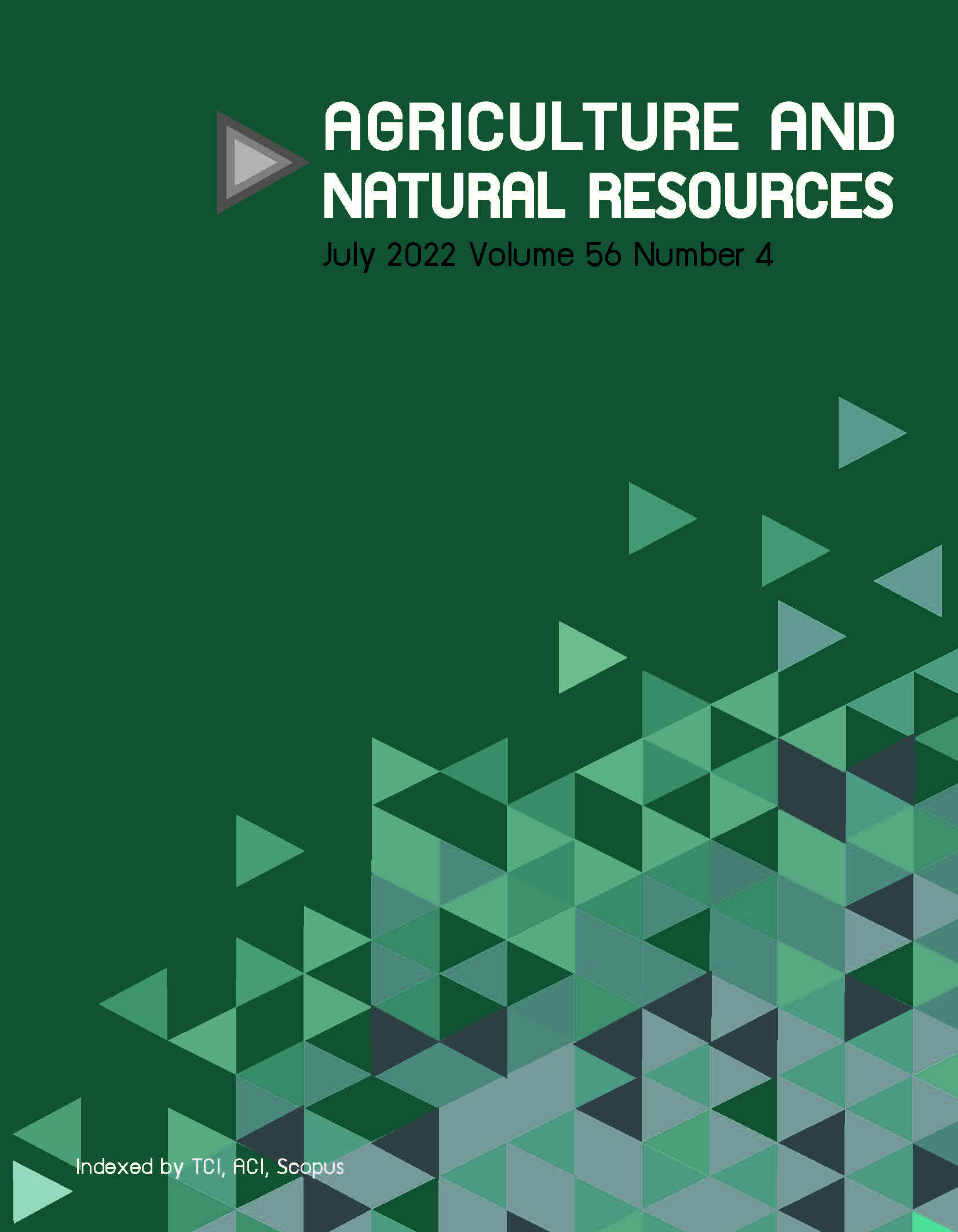Gas chromatography-mass spectrometry, feature-based molecular networking and biological activities against Solenopsis invicta of Citrus peel essential oils from Vietnam
Keywords:
Citrus species, C. reticulata, Molecular docking, Molecular networking, Solenopsis invictaAbstract
Importance of the work: Reducing the consumption of synthetic insecticides and increasing the use of natural and safe products have become important new strategies.
Objectives: To evaluate molecular networking-based chemical components and biological activities of Citrus essential oils against Solenopsis invicta.
Materials & Methods: Using the new molecular networking strategy based on the Global Natural Products Social web platform, fumigant toxicity was tested against worker ants and the efficacy of ant-repelling activity. Molecular docking simulation of a fire ant chymotrypsin protein (PDB: 1EQ9) was undertaken with 40 metabolites.
Results: Various chemical classes of three essential oils were identified, namely monoterpenes, oxygenated monoterpenes, ester derivatives, sesquiterpenes, aromatic compounds and volatile amines. The C. reticulata essential oil with a mean (± SD) lethal concentration 50 (LC50) value of 47.74 ± 13.99 mg/mL exhibited stronger fumigant toxicity against worker ants than the oils from C. limonia and C. sinensis. Furthermore, C. reticulata essential oil had a significant repellent effect on S. invicta during outdoor environmental tests. The molecular docking results indicated that monoterpene-based ester derivatives and several volatile amines with binding energies in the range 5.1–6.4 kcal/mol could be promising fire ant chymotrypsin inhibitors that could be applied to control fire ants by reducing the digestive enzymes in the larval stage.
Main finding: This was an important study on a molecular networking strategy based on gas chromatography-mass spectrometry reported in 2020 and on the biological activities of three Citrus essential oils against S. invicta. These results could prompt further research on natural, safe and non-polluting insecticides for low-income populations in the tropics.
Downloads
Published
How to Cite
Issue
Section
License
Copyright (c) 2022 Kasetsart Universityonline 2452-316X print 2468-1458/Copyright © 2022. This is an open access article under the CC BY-NC-ND license (http://creativecommons.org/licenses/by-nc-nd/4.0/),
production and hosting by Kasetsart University of Research and Development Institute on behalf of Kasetsart University.







